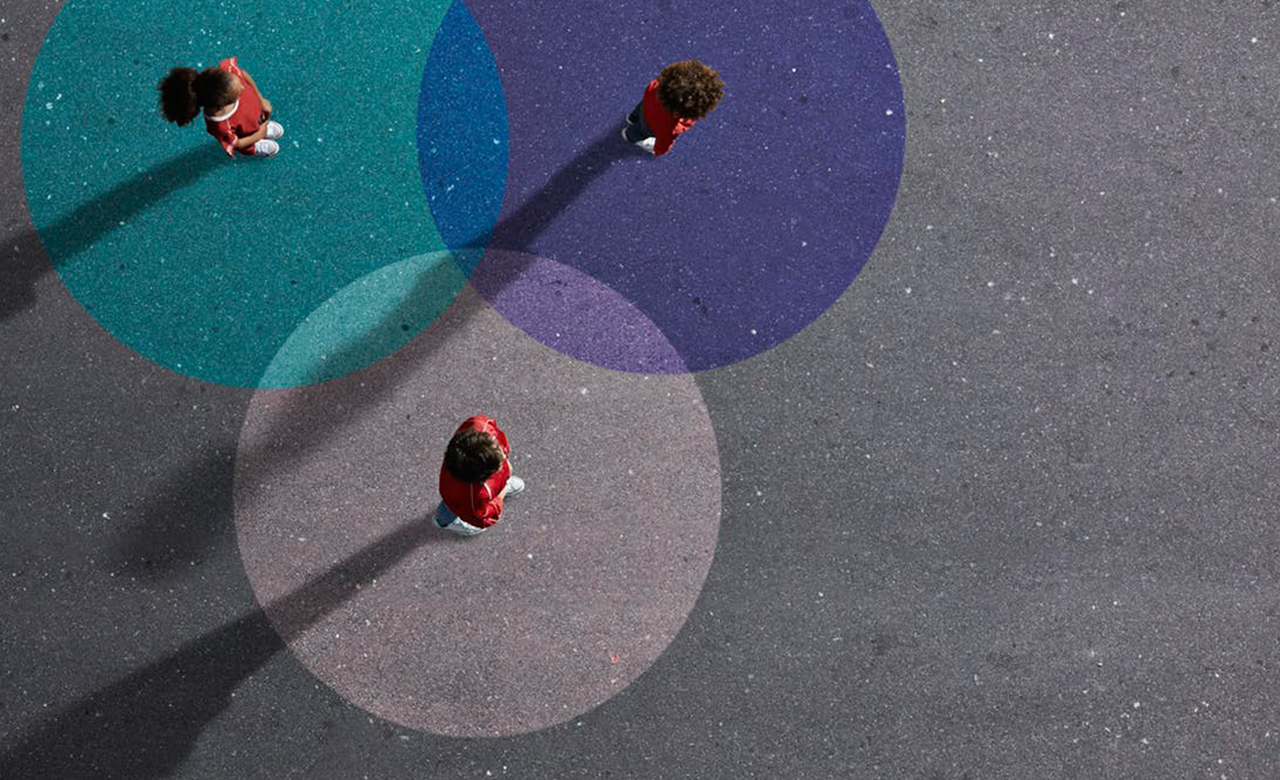
During a global pandemic, life takes on a surreal quality and brings forth an unimaginable change. The ubiquitous information flowing through social media and a constant fire wave of coronavirus news is giving us hard times and a feeling of constant anxiousness.
CORONAVIRUS has infected more than three-quarters of a million population worldwide now, leaving many people only dreaming about the doom and gloom.
So, there is also some good news about the coronavirus pandemic
From the progress in development of a vaccine to people uniting in solidarity and friendship, there is some positive news about COVID-19 to keep things in perspective. As per the World Health Organisation (WHO):
- Many people with COVID-19 are fighting the virus and recovering
- Children seem to be infected less often and having milder disease impact
- The number of new cases is falling where the outbreak began in Wuhan, China
- Many different medicinal trials are underway

Flattening the coronavirus curve and how essential is the role of social distancing?
The entire world is going into a lockdown state to prevent the spread of the novel coronavirus. In less than a month, the global number of confirmed COVID-19 cases doubled from about 75,000 cases on Feb 20 to more than 153,000 on March 15 and 9,37,567 as of today.
As a definition, “flattening the curve is known as the idea of slowing a virus’ spread so that lesser number people need to seek medical treatment at any given time”. This is why so many countries are implementing “social distancing” guidelines across the globe. The “curve” is ideally defined as the projected number of people who will contract COVID-19 over a period of time (it is not a hard prediction of how many people will be infected, but a theoretical number that’s used to model the virus’ spread)
The faster the COVID-19 curve rises, the quicker the health care system gets loaded beyond its capacity to treat the infected population. On the other hand, flatter the curve, highlights that the same number of people gets infected, but over a longer time duration.
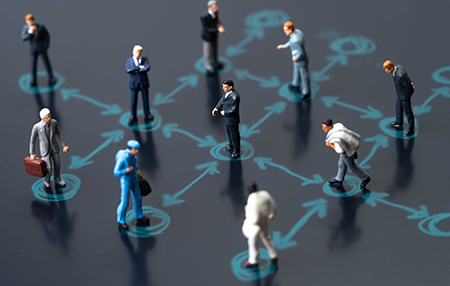 A slower rate of infection means a less stressed health care system, with fewer hospital visits on a given day and a lesser number of people getting sick being turned away.
A slower rate of infection means a less stressed health care system, with fewer hospital visits on a given day and a lesser number of people getting sick being turned away.
There are multiple ways to slow an outbreak and flatten the curve by encouraging people to avoid public gatherings, to stay at home more often and to keep their distance from others. If more people are less mobile and interact with each other less, the virus has fewer opportunities to spread.
Social distancing works, but it takes time to generate results. Even before social distancing eliminates transmission of the virus, it can still slow the transmission, ensuring that health care systems have adequate time to ramp up the capacity to respond to the pandemic. More of social distancing helps healthy people stay even healthier, and people can be nudged away from public places by removing their allure.
Vaccines/drugs that are getting tested for the treatment of COVID-19
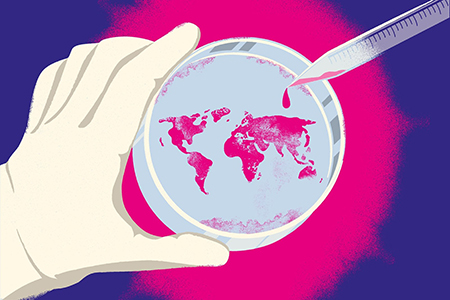
Across the world, scientists have identified 69 drugs to test against the coronavirus. The COVID-19 pandemic has sparked an unprecedented wave of research, data sharing, and open science as the scientific world seeks to understand the disease, track its spread and analyze the SARS-CoV-2 virus that causes coronavirus. There is also a trove of existing coronavirus datasets and scholarly literature that could be used to inform efforts to stop COVID-19.
WHO has also launched a global mega trial of the four most promising coronavirus treatments to fight the novel COVID-19. The large global trial, called SOLIDARITY, has been announced by WHO to find out whether any medicine can treat infections with the new coronavirus for this dangerous respiratory disease.
Many scientists across the world have suggested a number of existing compounds for testing of the coronavirus, but WHO is focusing on these four most promising therapies: an antiviral compound called remdesivir; the malaria medications chloroquine and hydroxychloroquine; a combination of two HIV drugs, lopinavir, and ritonavir; and this combination plus interferon-beta, an immune system messenger that can help cripple viruses.
While the entire world is grappling with different ways and means to cure and contain the coronavirus, Indian doctors have succeeded in curing first few coronavirus patients with a mix of HIV, Swine Flu, and Malaria drugs. The first infected Italians who came to India were cured in Jaipur with a combination of these drugs. This combination was used for the first time to treat COVID-19 amid a growing number of cases in India.
Use some of these best maps for tracking coronavirus global updates LIVE
Various organizations in the world have come up with interactive maps providing live and most accurate information given the situational data on Covid-19. Some of the most accurate and top maps are:
- WHO Situation Dashboard
- The Esri Story Maps
- Microsoft Binge COVID-19 Tracker
- CrowdTangle – Covid-19 live display hub
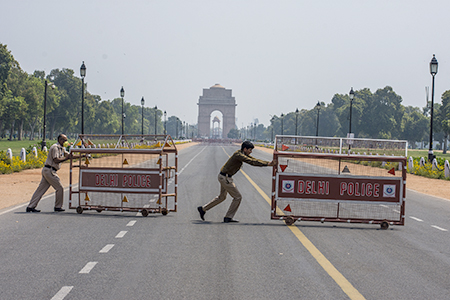 “India has tremendous capacity in eradicating coronavirus pandemic” quoted by World Health Organisation
“India has tremendous capacity in eradicating coronavirus pandemic” quoted by World Health Organisation
India can help to flatten the curve faster than other nations in the world. India, which led the world in eradicating two silent killers, smallpox and polio, in the past, has a tremendous capacity in eradicating the deadly coronavirus pandemic that has now claimed nearly 40,000 lives globally, said executive director of the World Health Organization (WHO), Michael Ryan. India has given a great gift to the world by handling these two diseases so efficiently and can lead the way to show the world what can be done to handle this pandemic.
Nature is also reclaiming itself in many ways – earth’s ozone layer is replenishing, more of fishes, ducks, and dolphins are visible in the sea, streets can see birds and animals moving freely, deer’s and monkeys are all around the parks. This pandemic is not only reminding people how to be more mindful of simple luxuries like breathing air, walking the road, spending time with family, less socialising, and travelling but the situation has also brought about a significant change in people’s life and made them realise that life is simply beautiful with minimal.
Some positive thoughts to fight the situation – We are all in this together and will fight this and come out together, stronger!
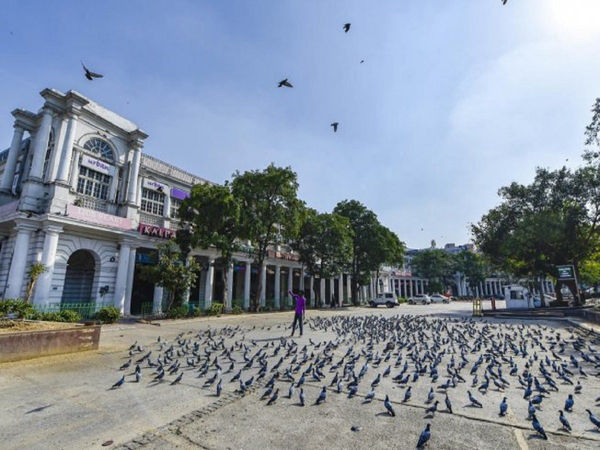 At a time when the citizenry of a country is so politically divided, we hope that this threat brings us together in ways that help us to better recognize commonalities. The world is going through very difficult times which demands the utmost attention and care from all of us. With the latest developments that are affecting the whole world, we must follow the advice of WHO (World Health Organisation) and the governing bodies on how we handle this current situation. Protecting human life must come above any interest.
At a time when the citizenry of a country is so politically divided, we hope that this threat brings us together in ways that help us to better recognize commonalities. The world is going through very difficult times which demands the utmost attention and care from all of us. With the latest developments that are affecting the whole world, we must follow the advice of WHO (World Health Organisation) and the governing bodies on how we handle this current situation. Protecting human life must come above any interest.
RMSI would like to send thoughts to everyone who has lost someone close to them, solidarity to those who are fighting the virus, and continued support to the amazing health professionals putting their own lives at risk to help save others. We extend our sympathy and compassion to the homeless and pray that they get access to shelter, sufficient food, hygiene such as water, sanitizers, etc., and necessary support from the government.
In this difficult moment for the whole world, let’s be thankful for the things that matter – our health, our family, and our loved ones.
Stay home and let’s help all the health workers out there fighting to save lives.